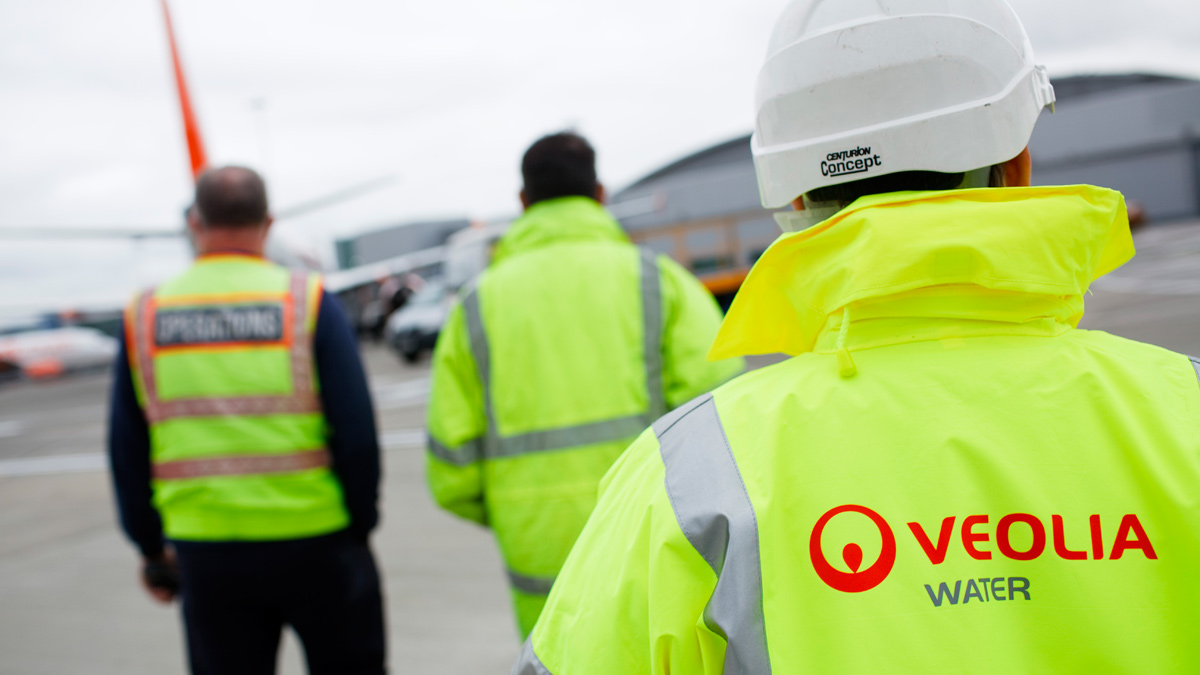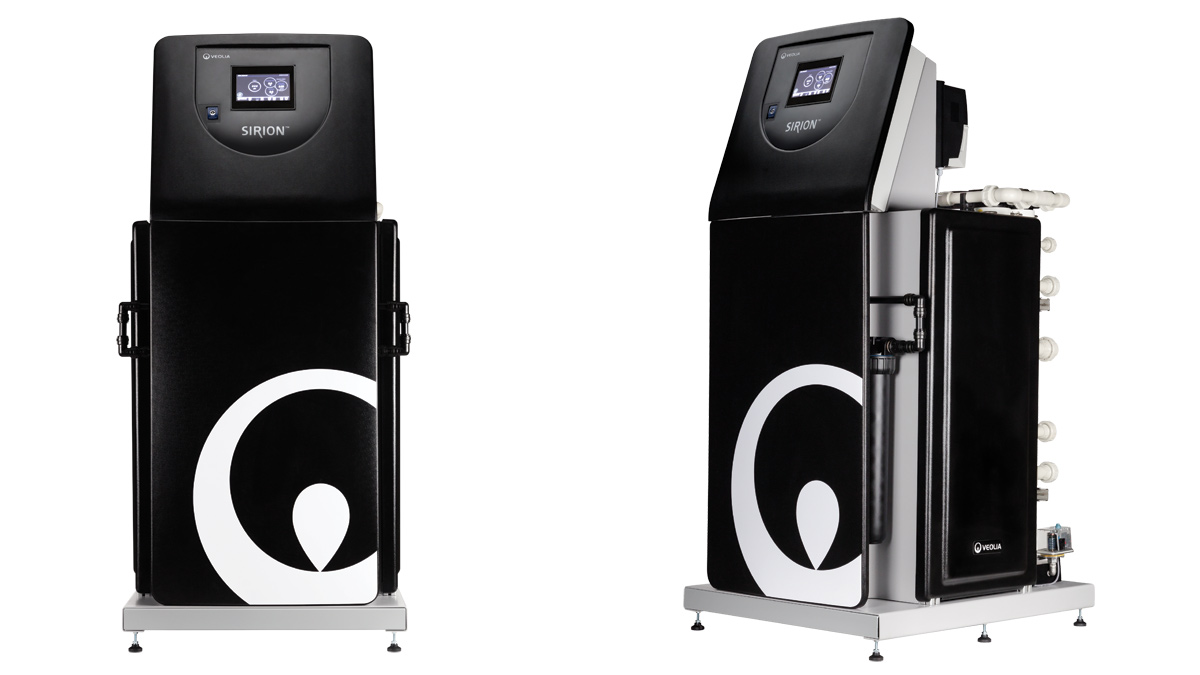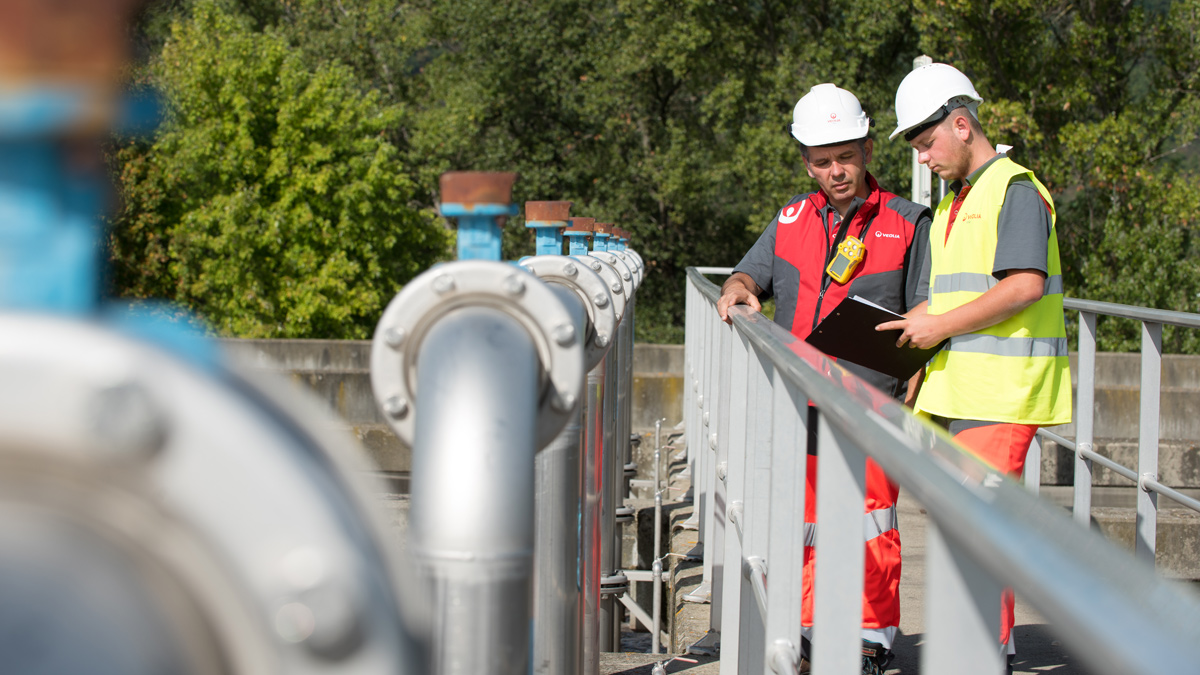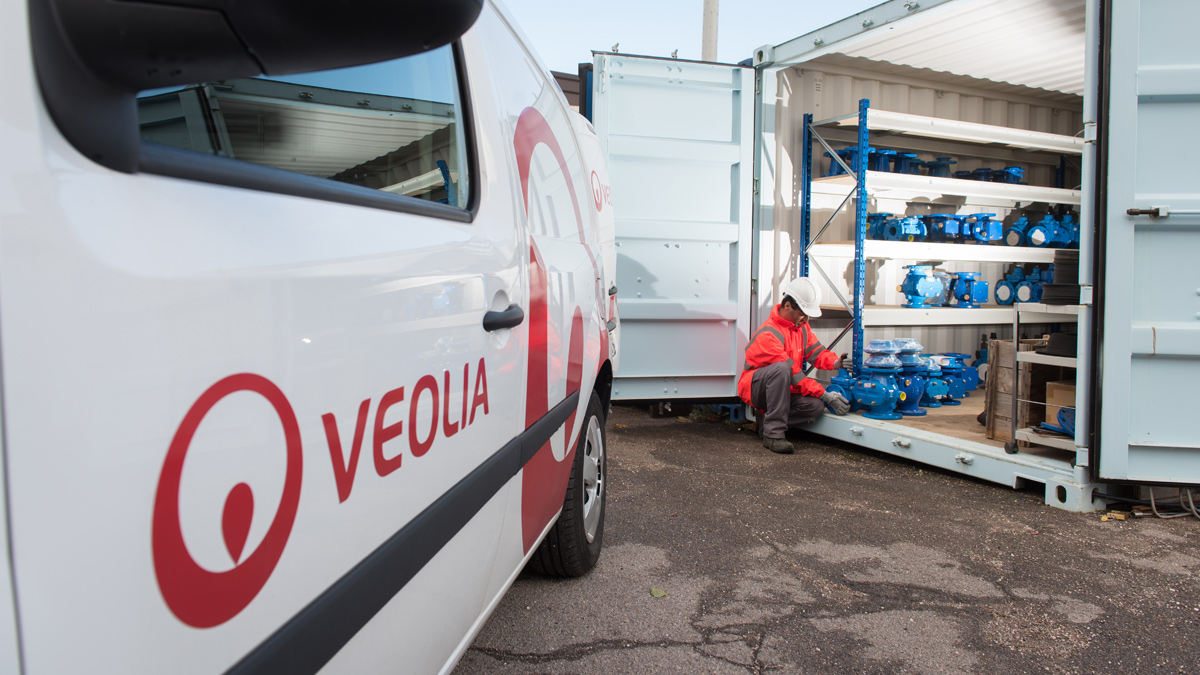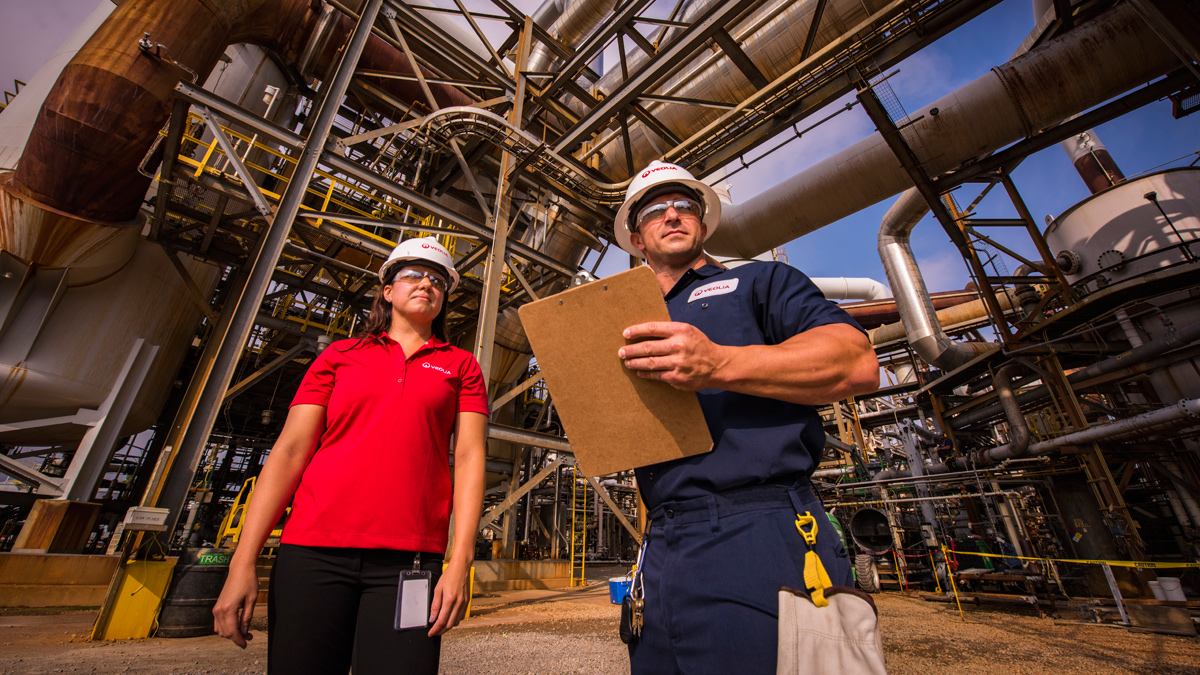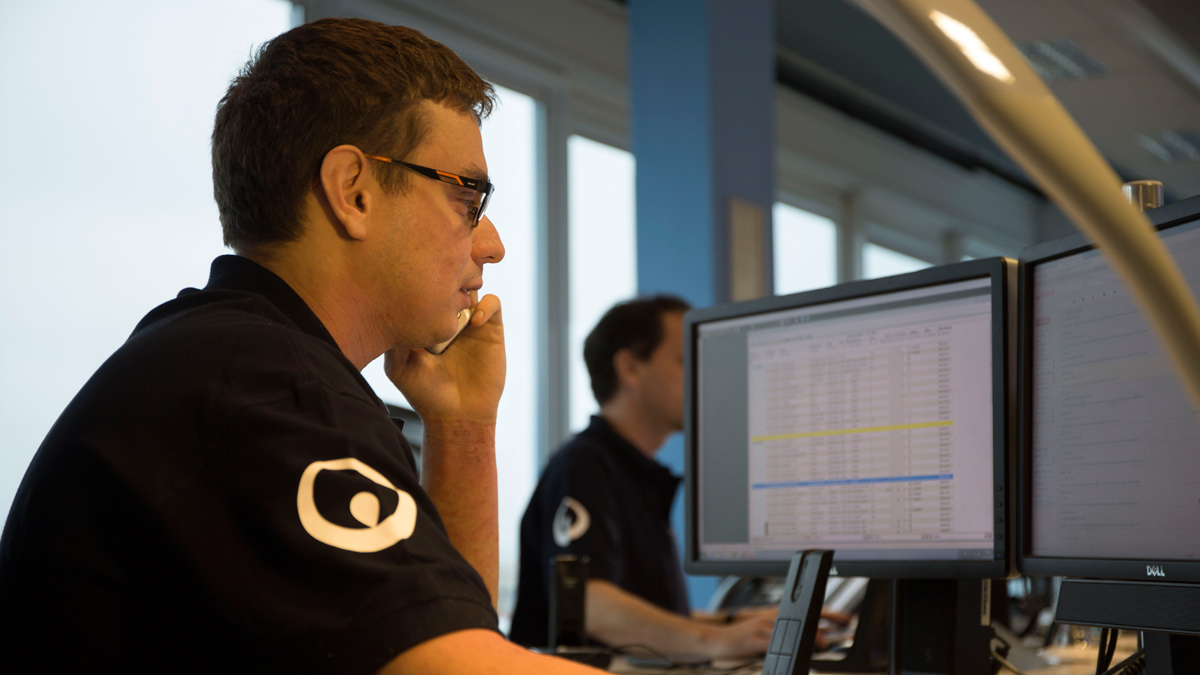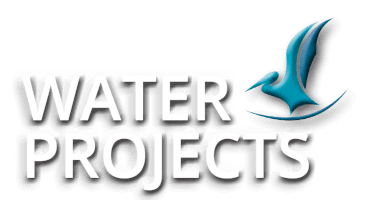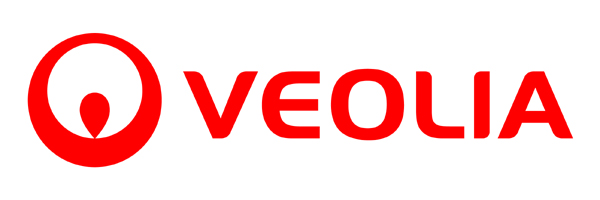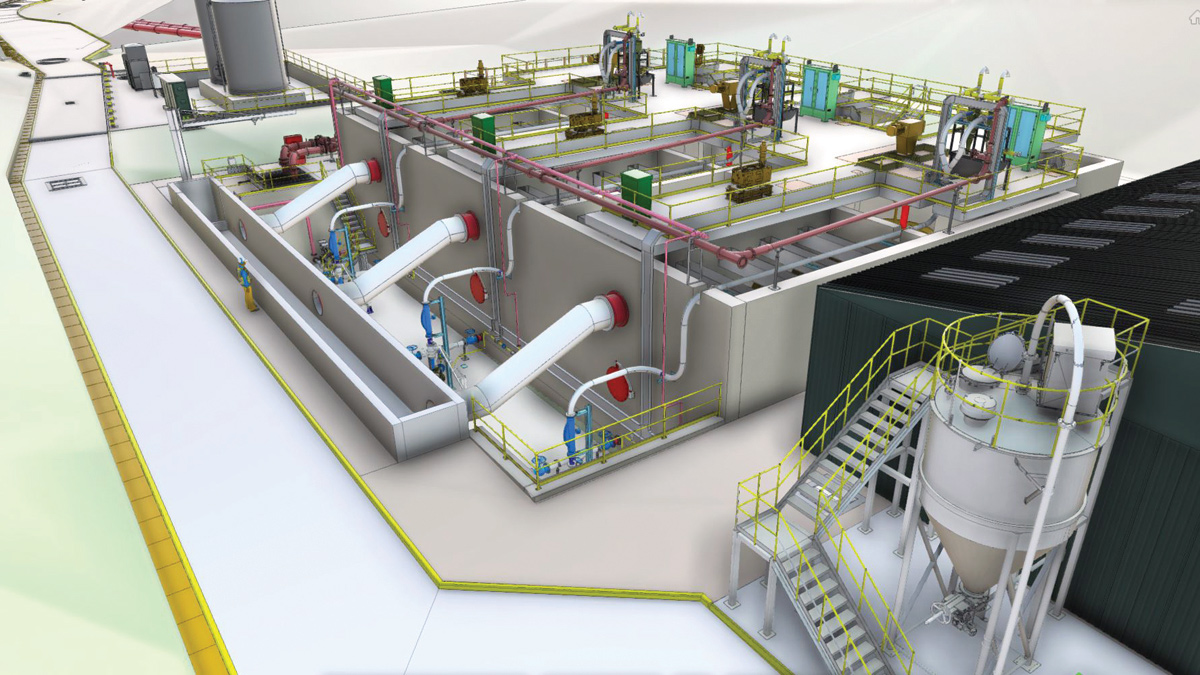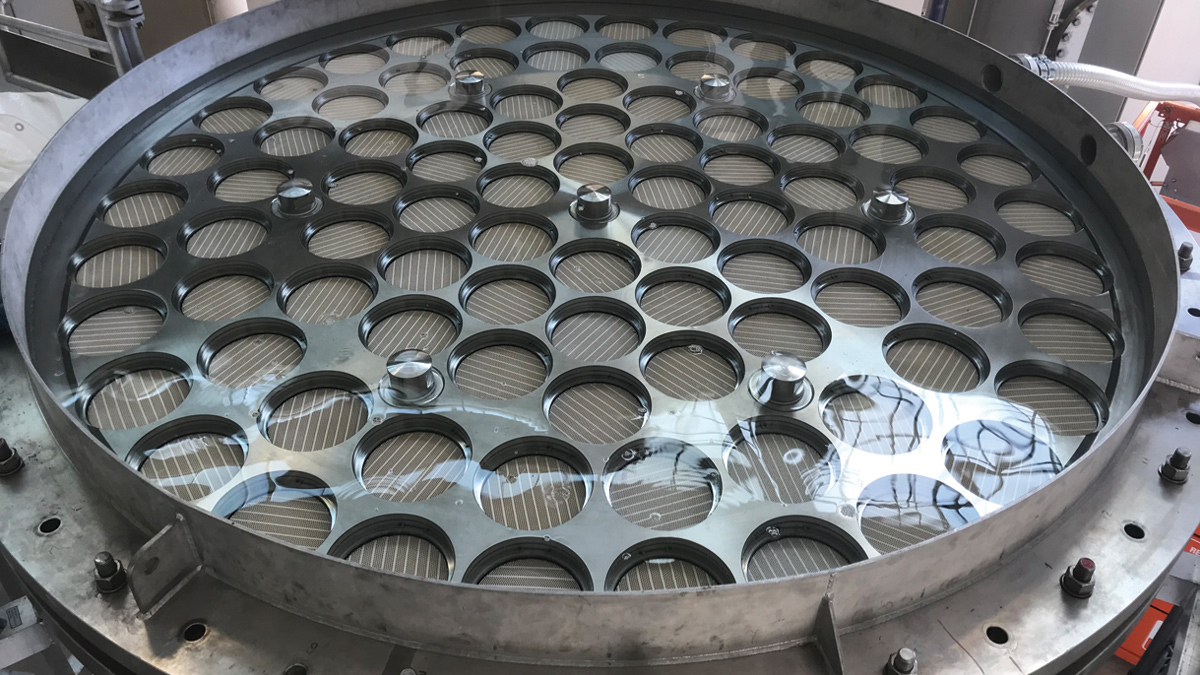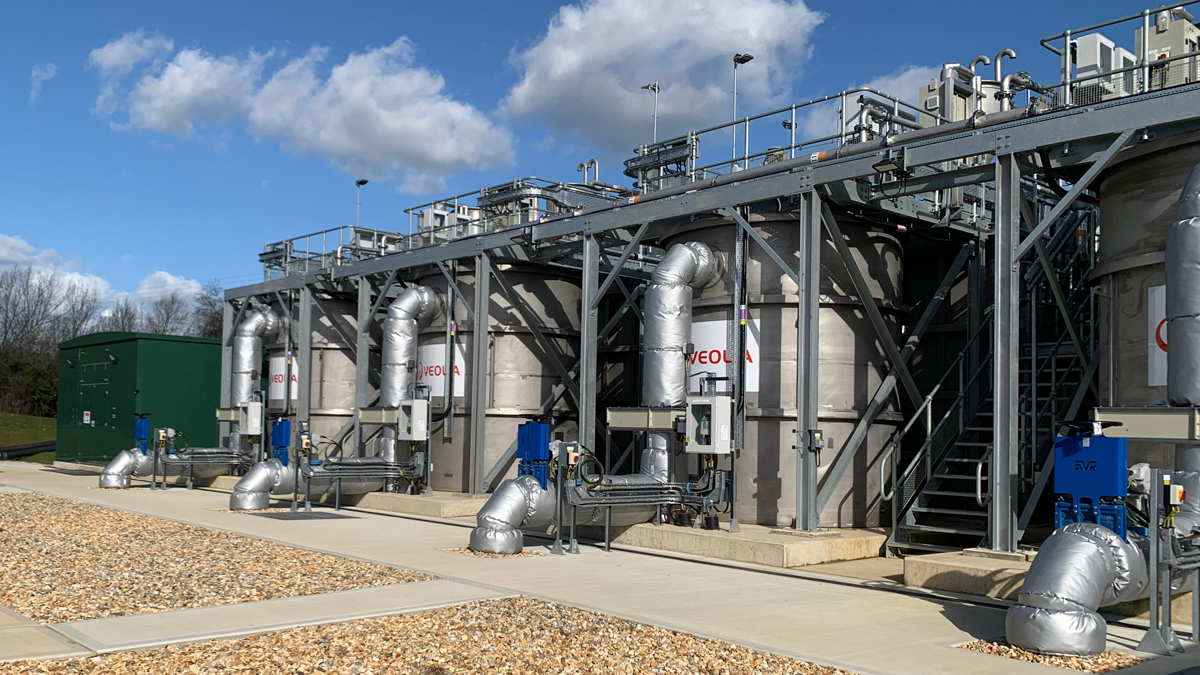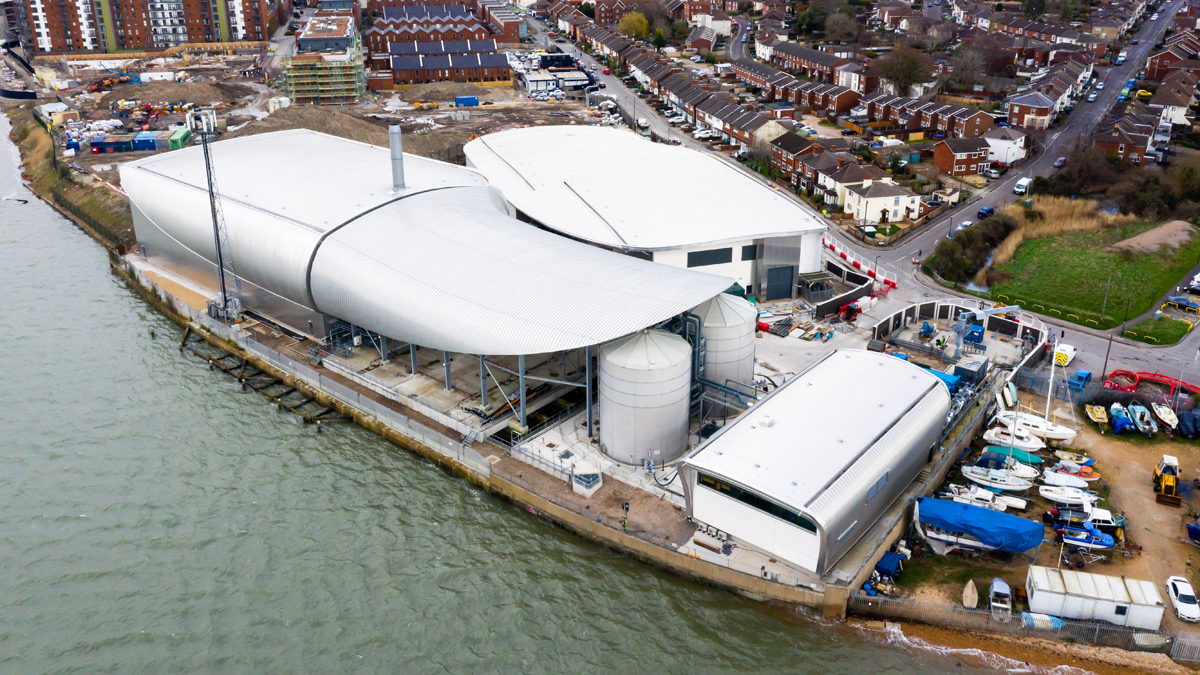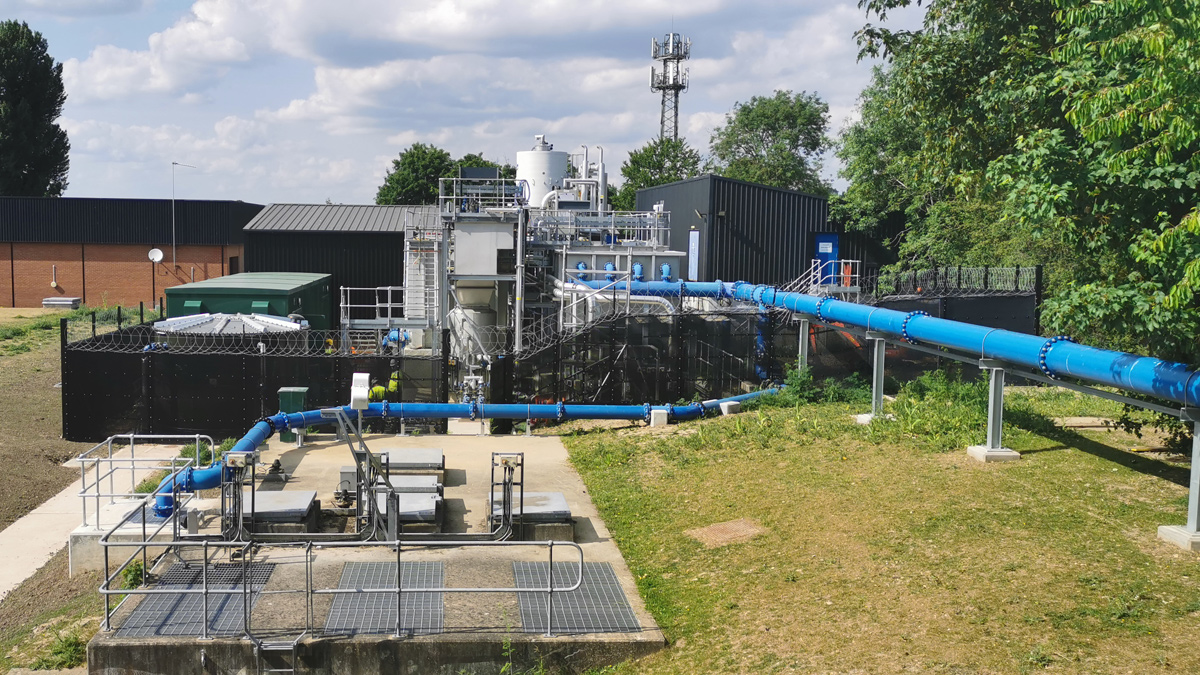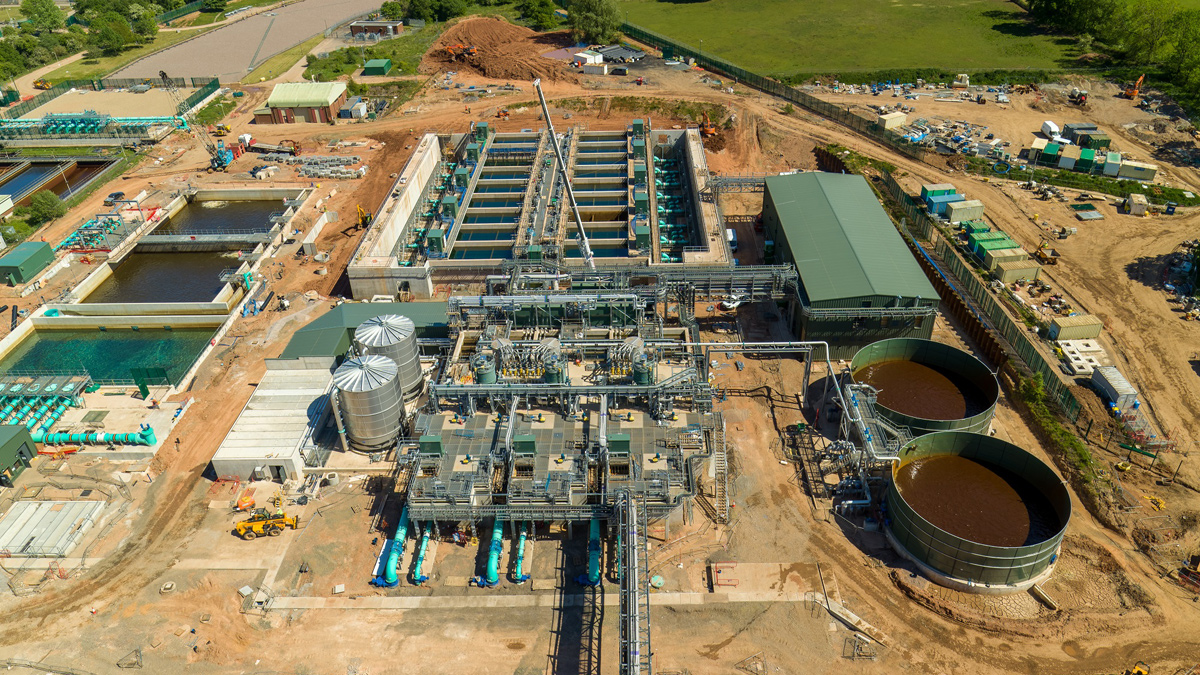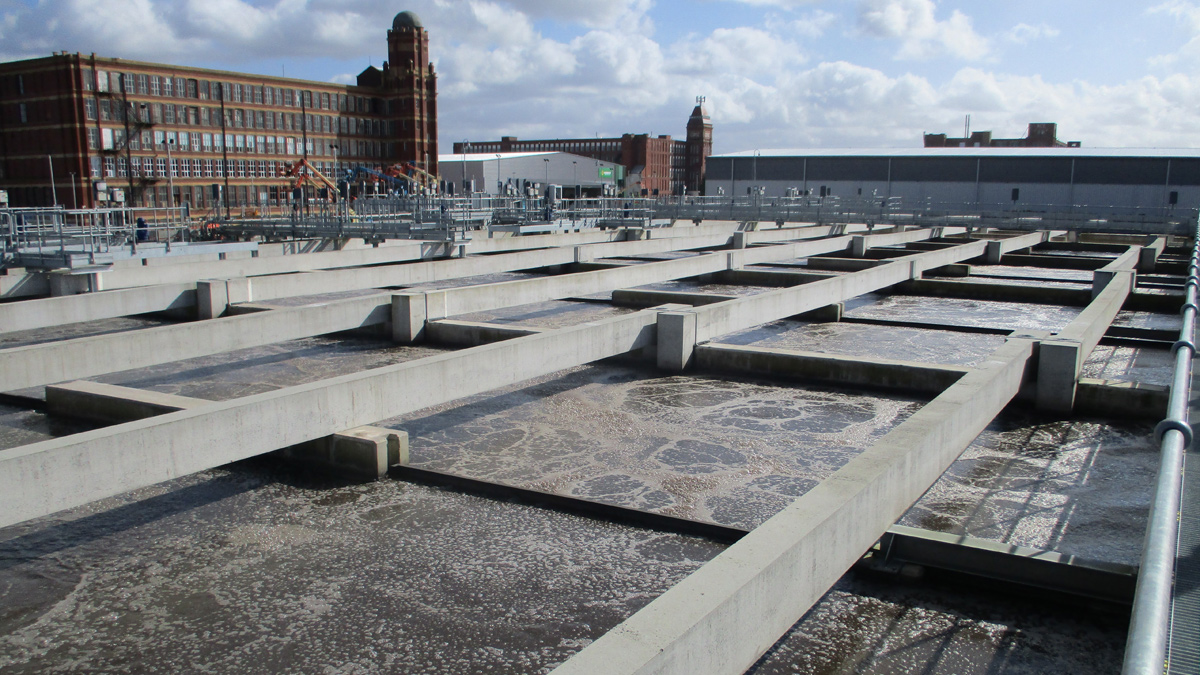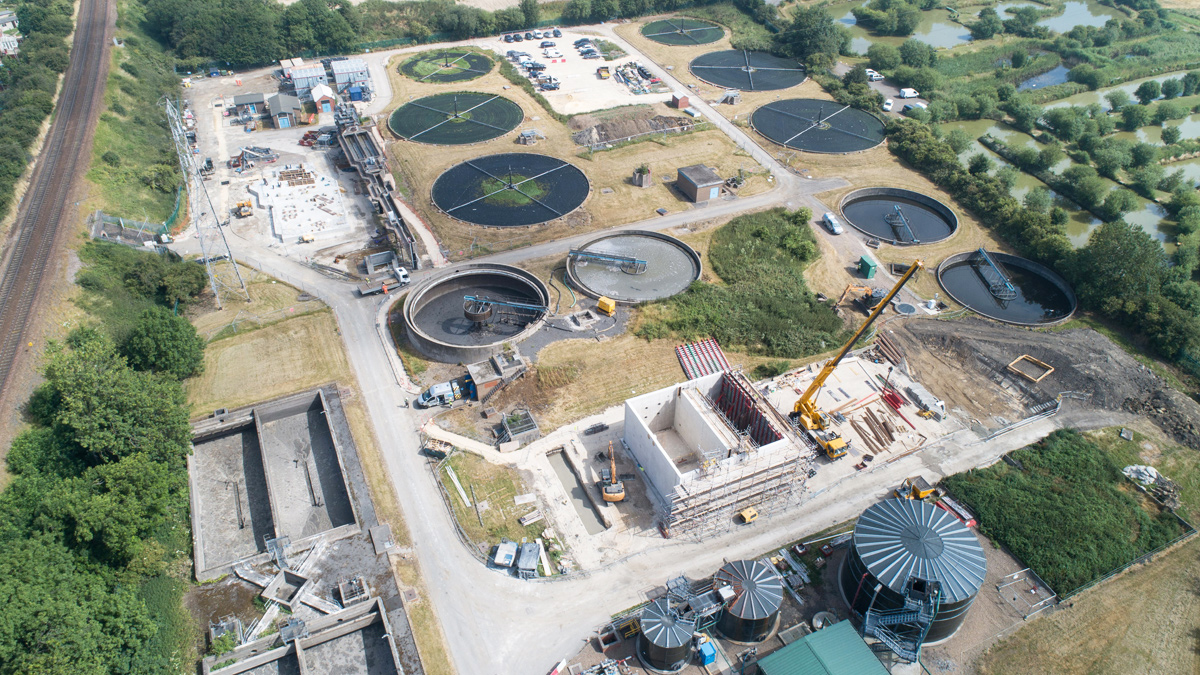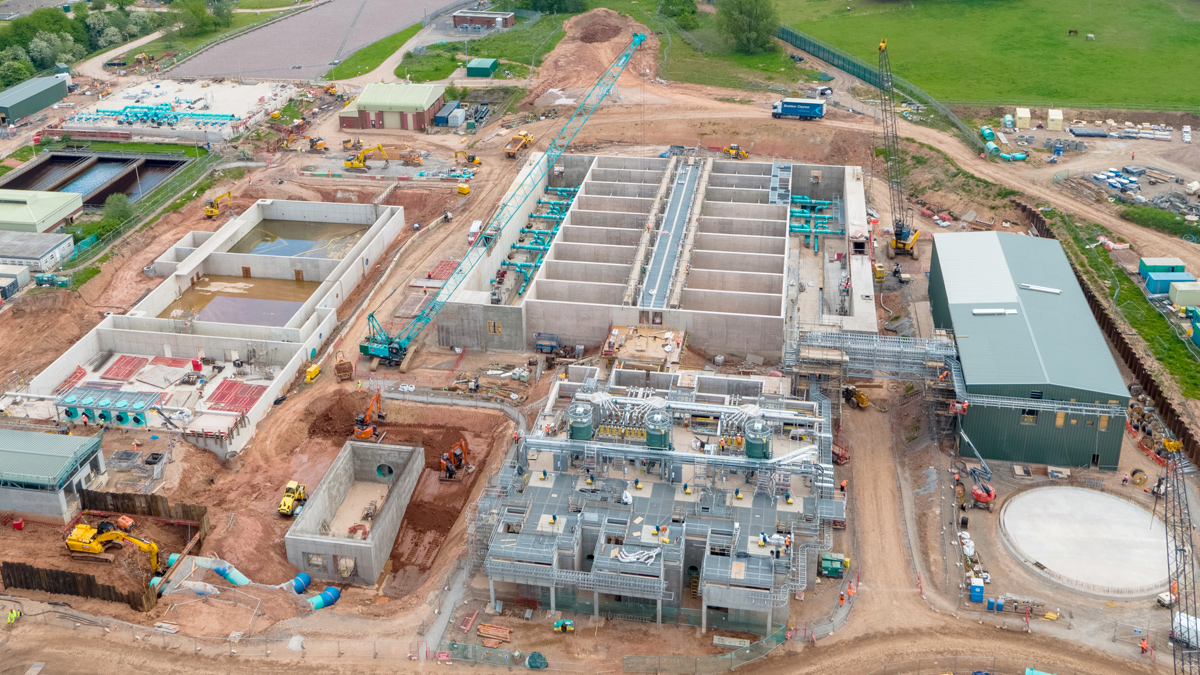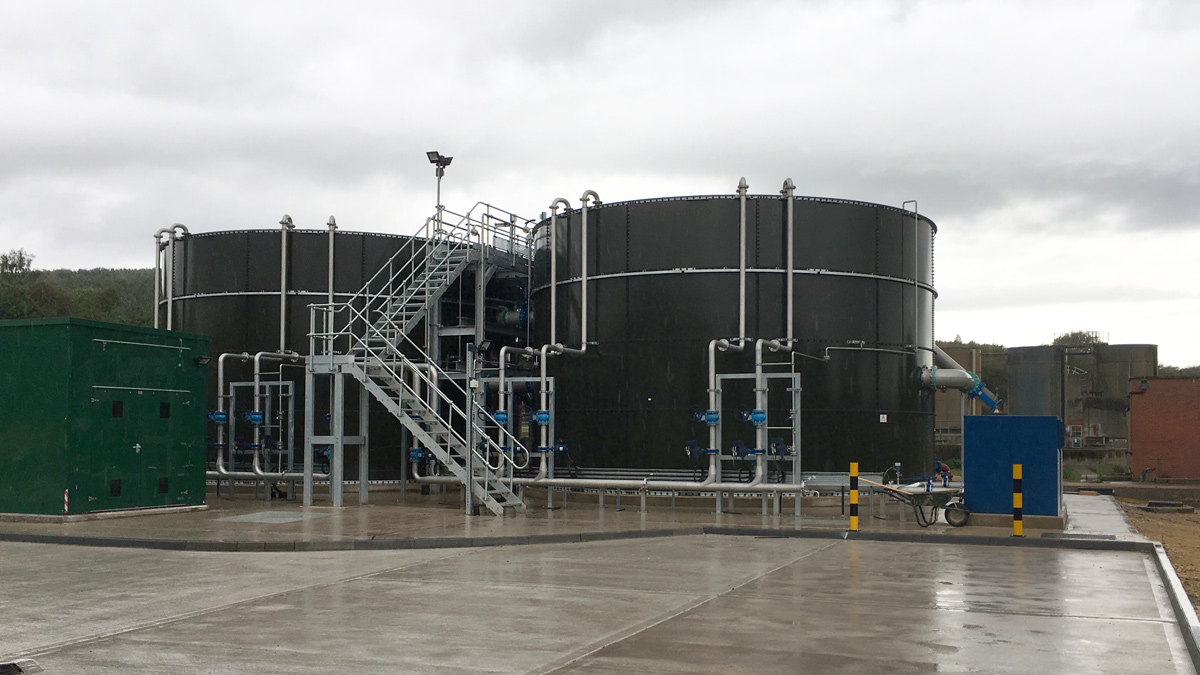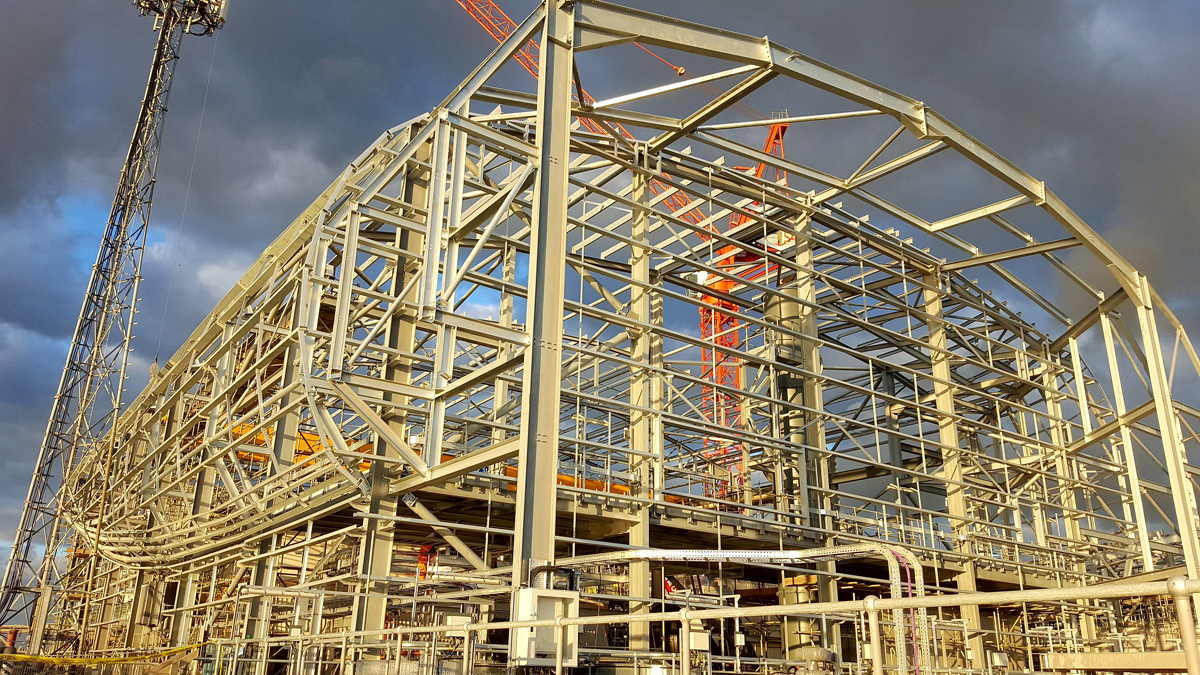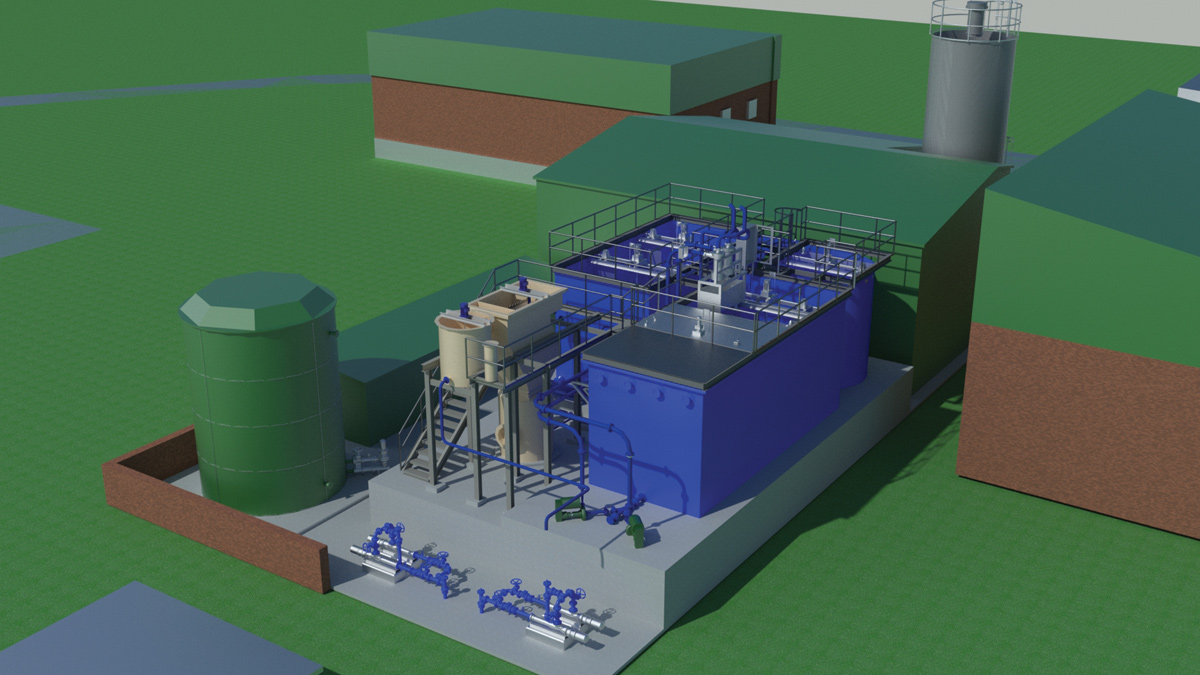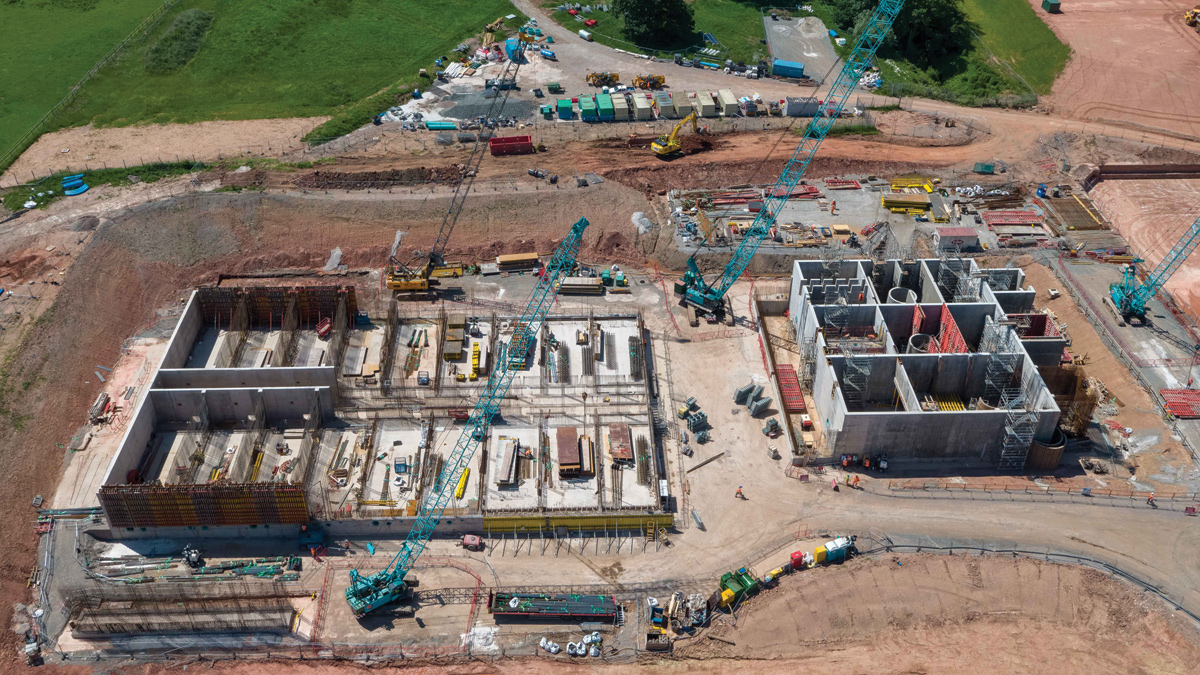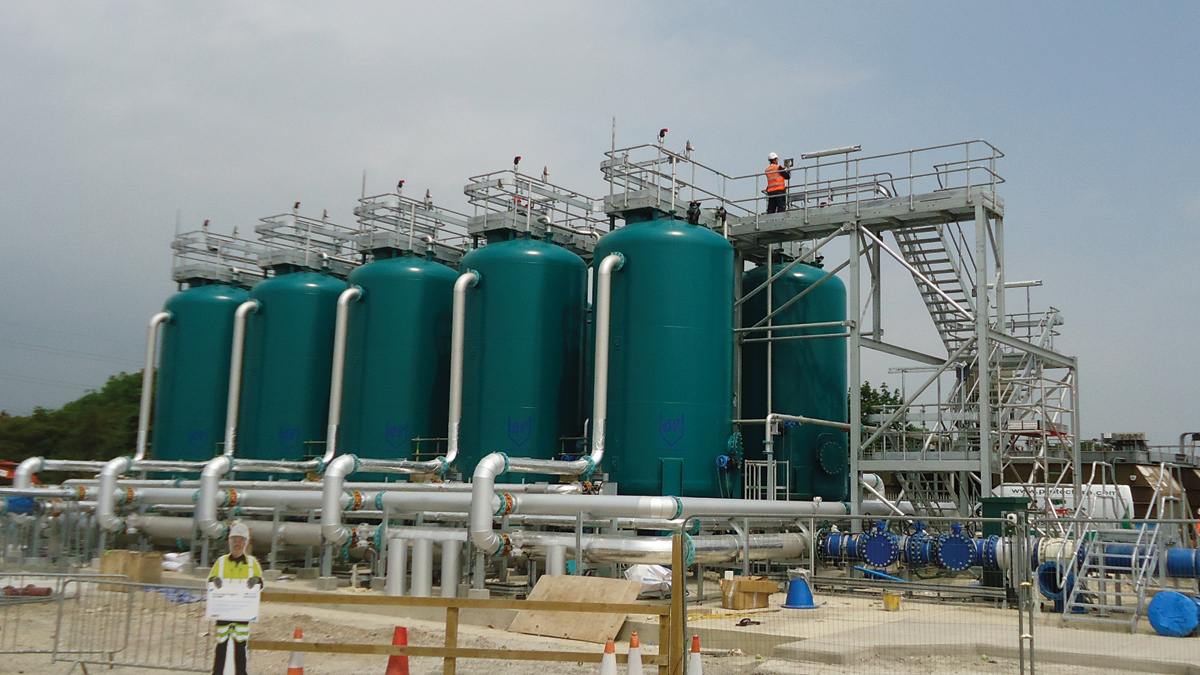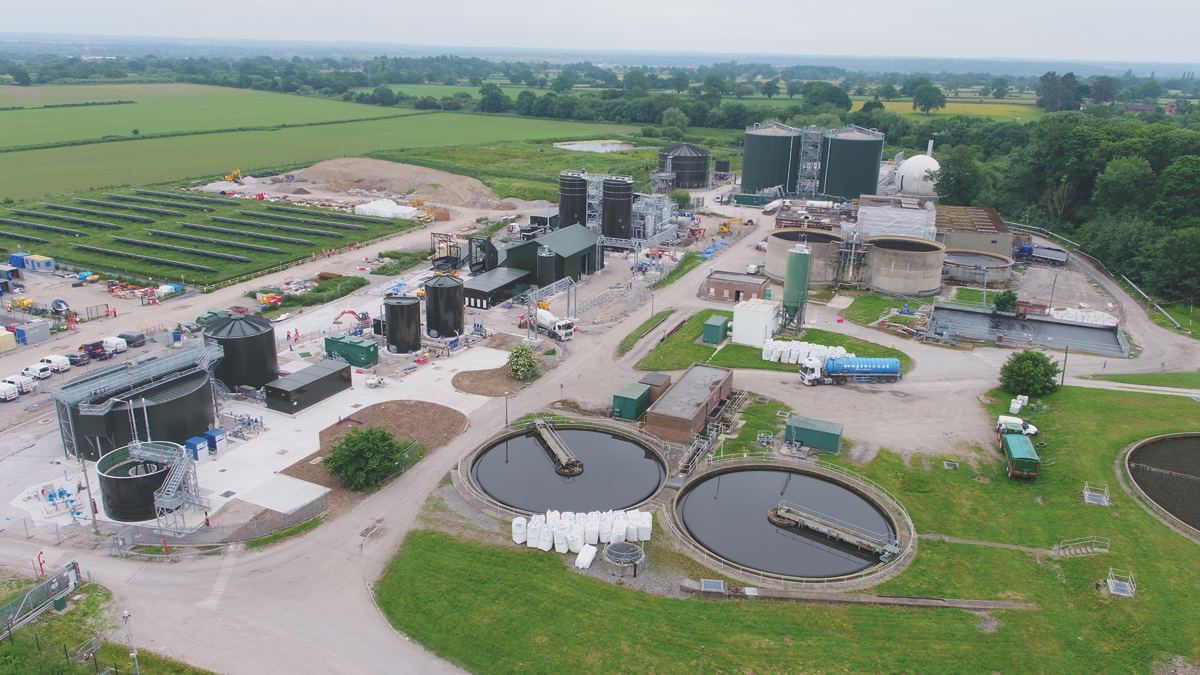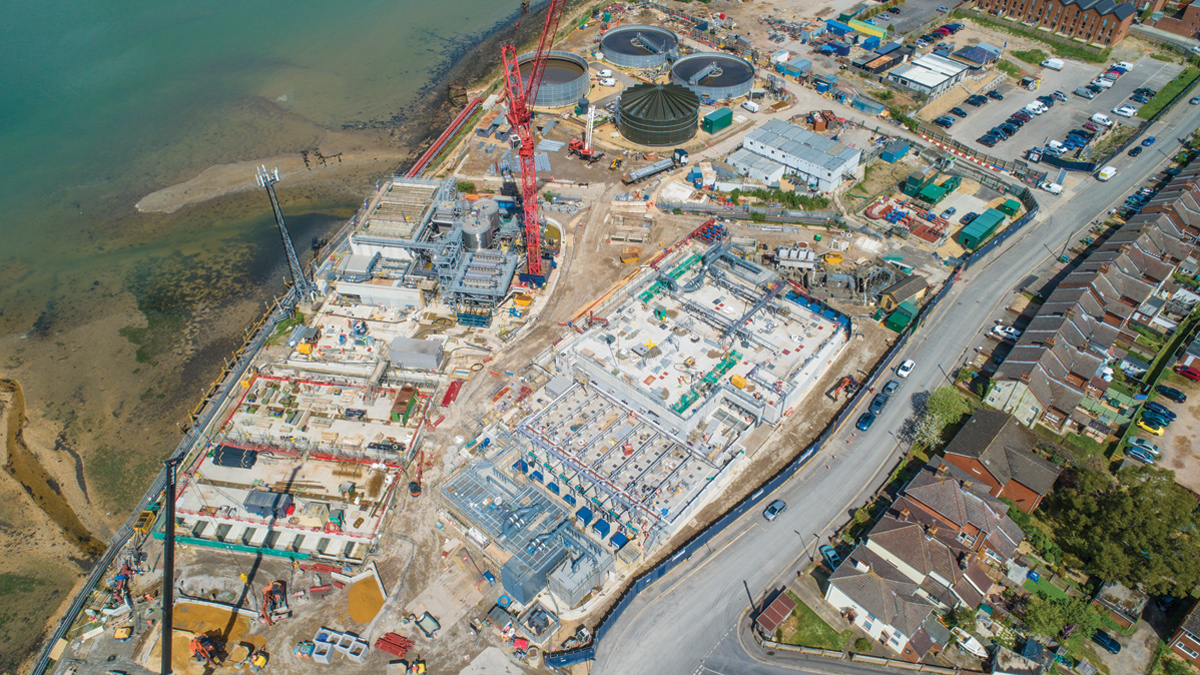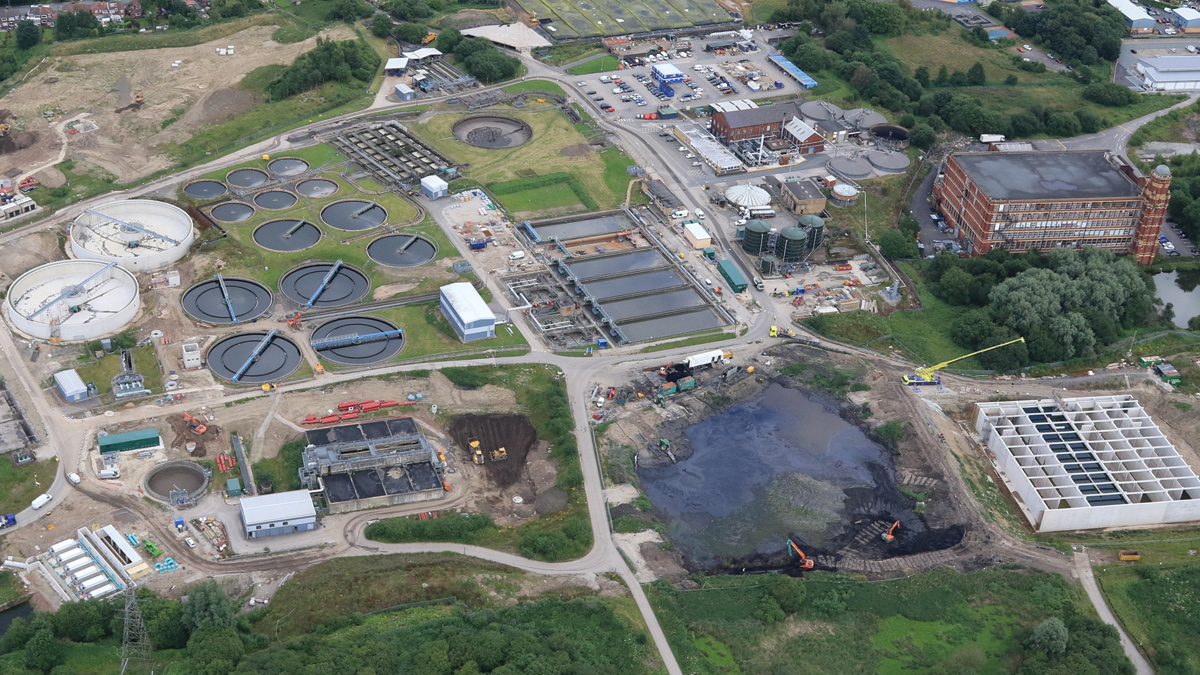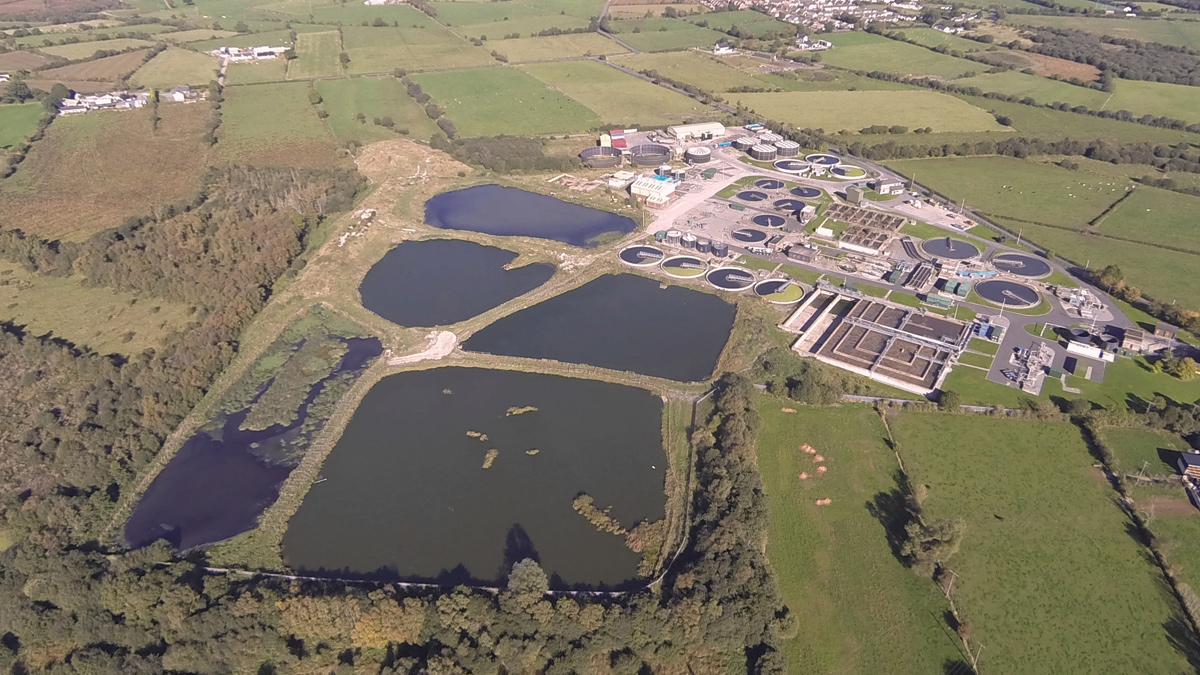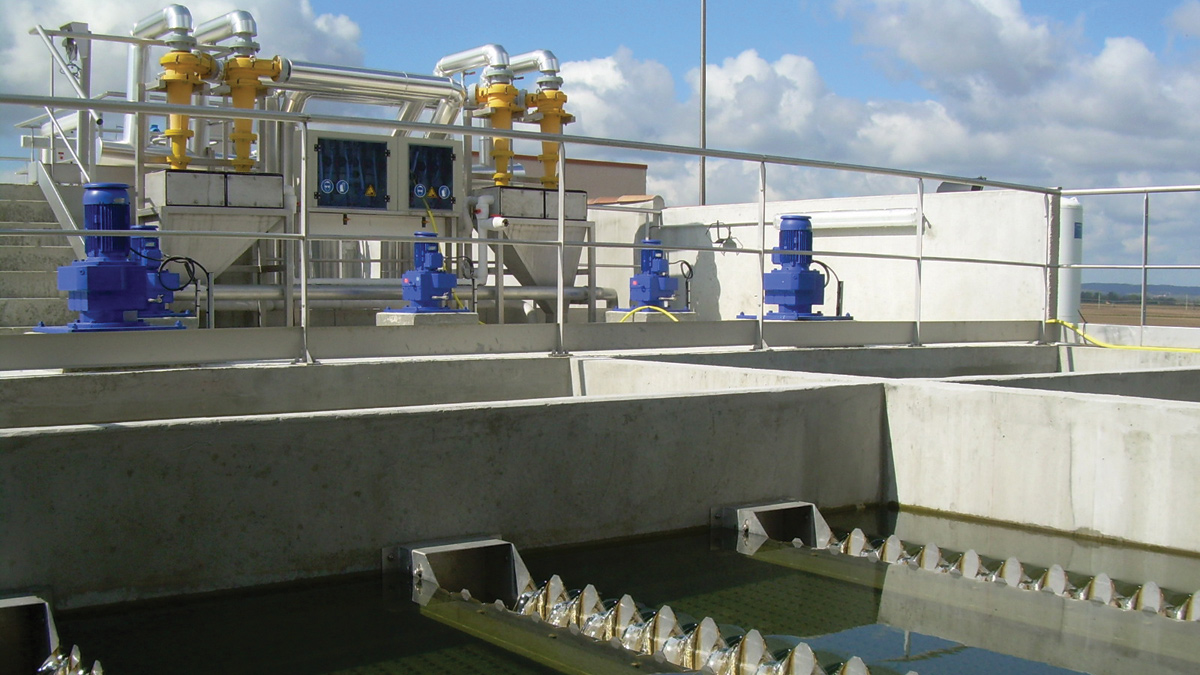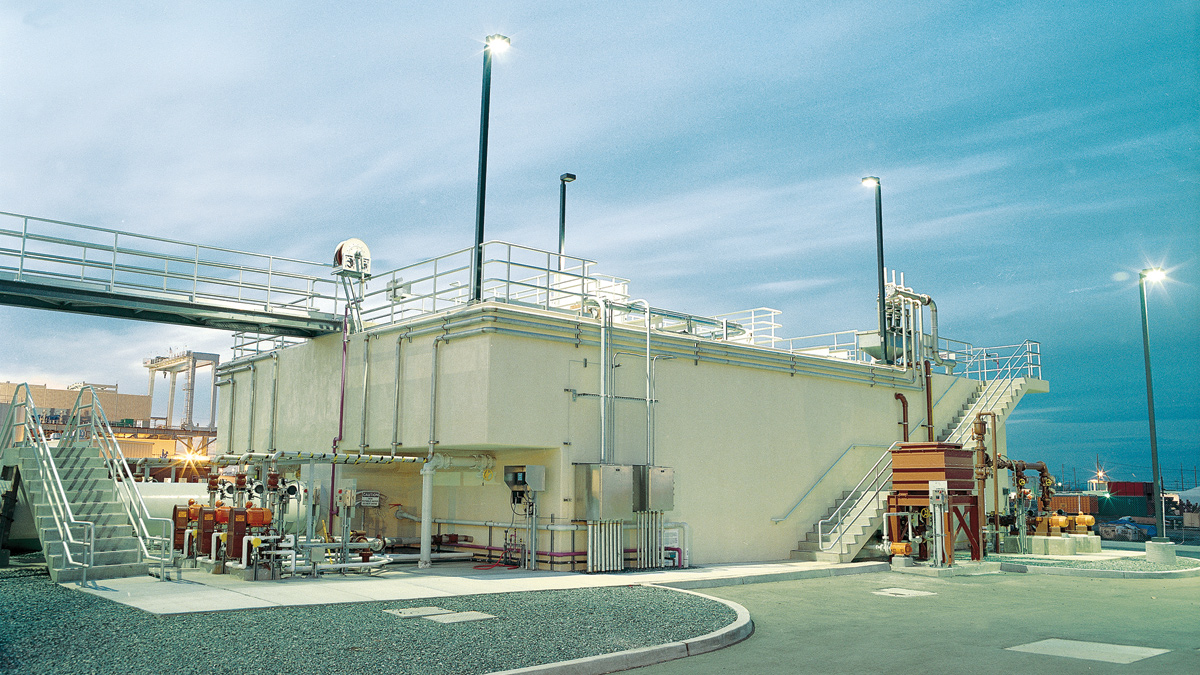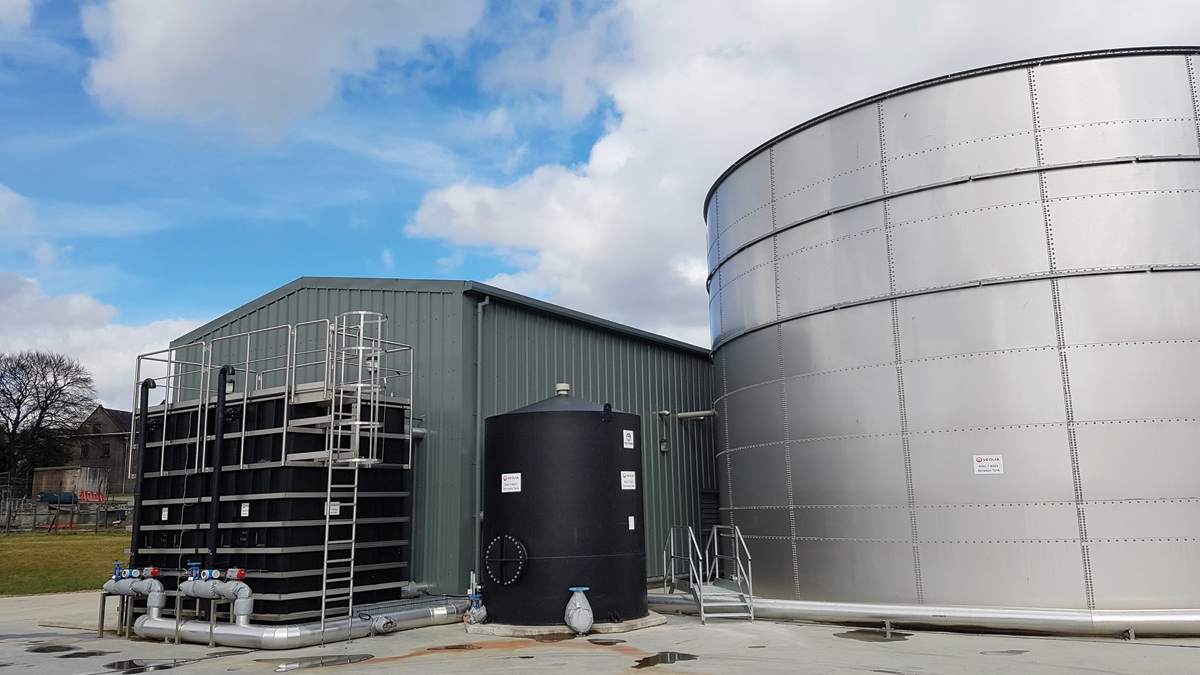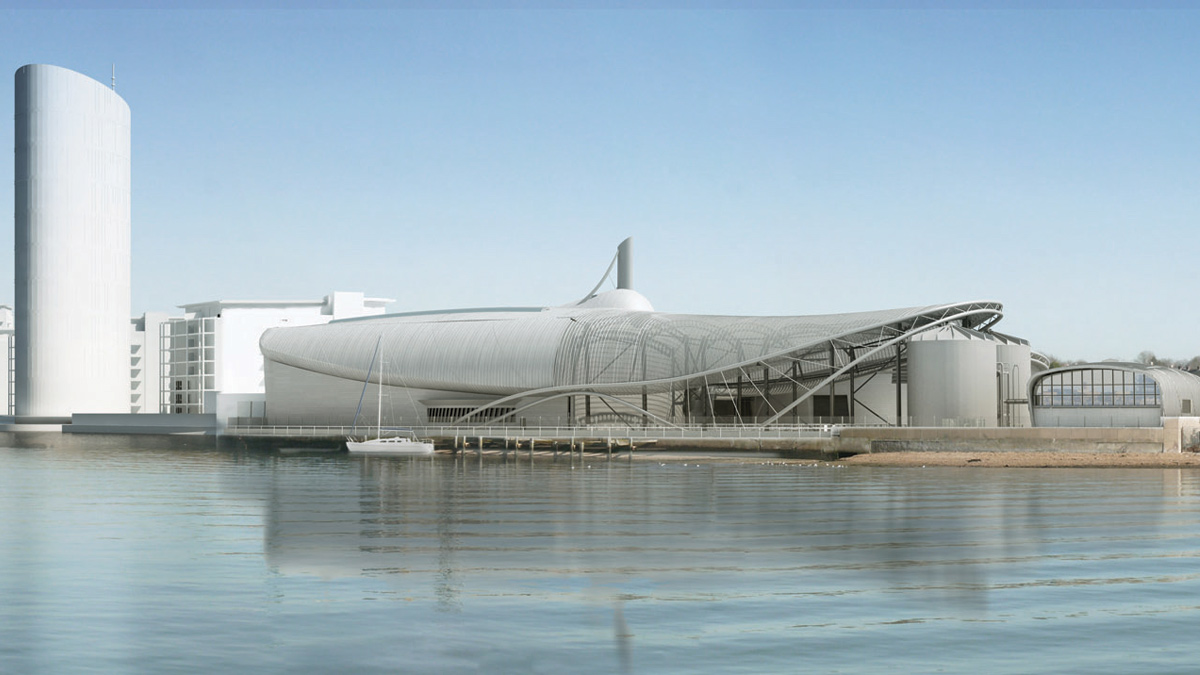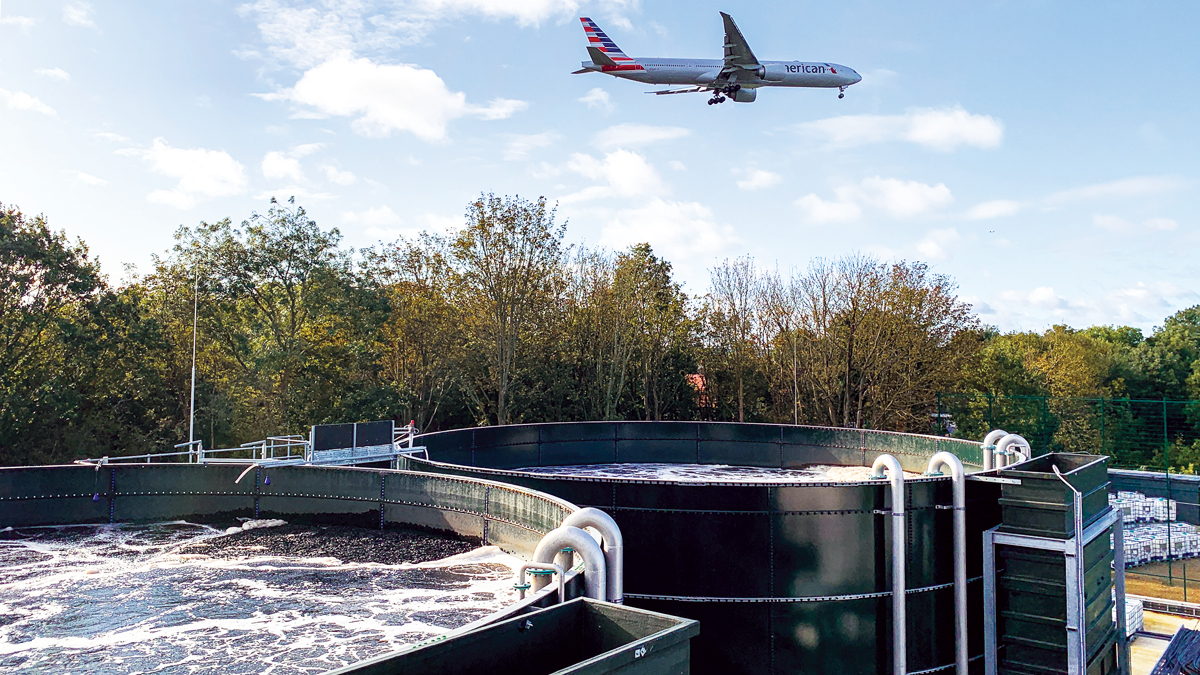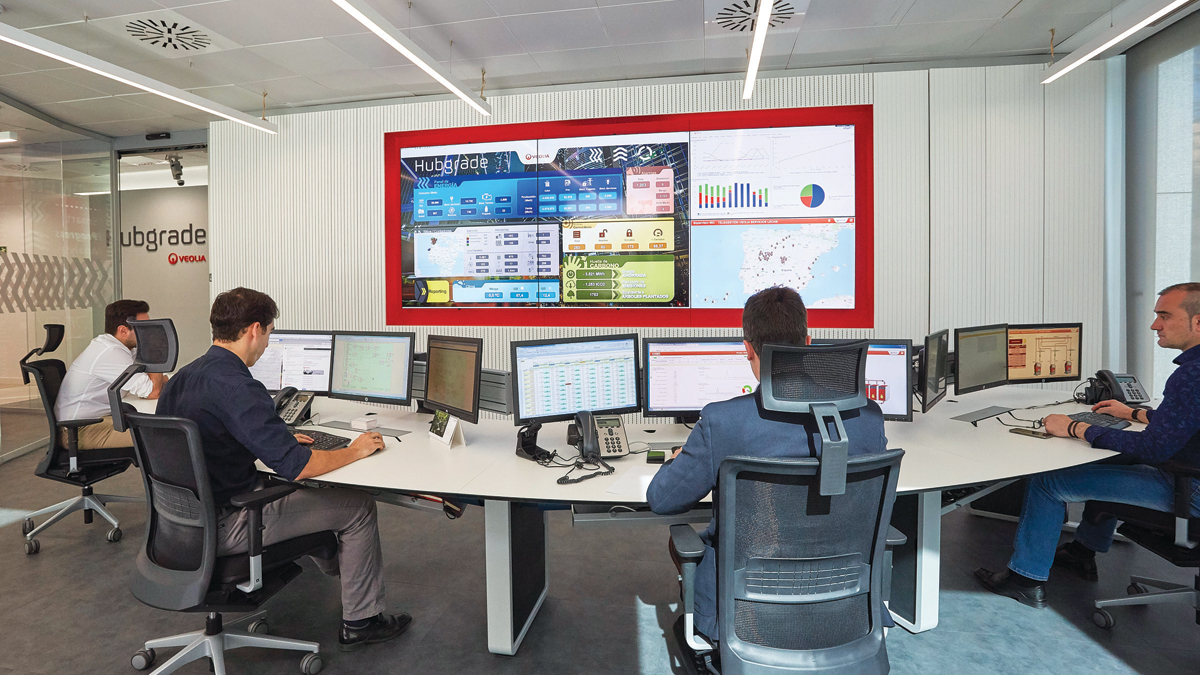Veolia Water Technologies UK
The company’s investment in Research & Development focuses on developing the most innovative solutions for its municipal and industrial clients, while at the same time considering the environmental challenges being faced. VWT’s goal is to develop sustainable and technologically superior solutions that balance the demand for efficient and cost effective technology whilst protecting the environment by looking at energy consumption, carbon emissions, odour pollution and safe guarding water quality.
With over 125 years of experience in the UK, VWT is able to draw upon an unsurpassed knowledge of traditional and innovative solutions in order to meet the demands of both industrial and municipal clients.
Performance is measured by the global satisfaction of VWT’s customers. Their technical creativity is reflected by a prestigious track record of extensive references in the UK and across the world supported by operational experience. A partnership with VWT provides the unique benefits of technical excellence, innovation, reliability and a trusted partnership.
VWT offers a range of proprietary technology for applications to treat Drinking Water, Wastewater, Sludge Treatment, Odour Treatment and Industrial Effluents.
